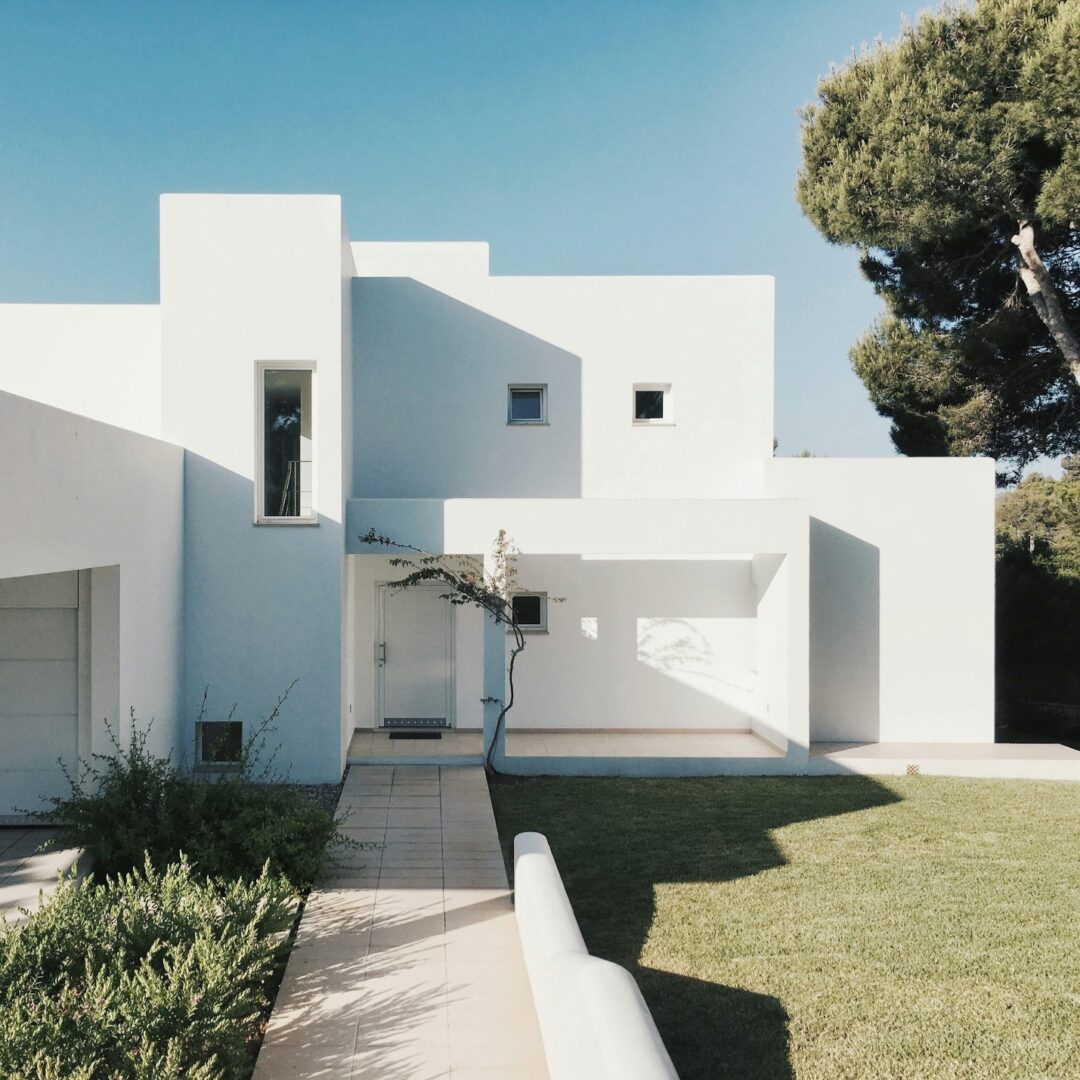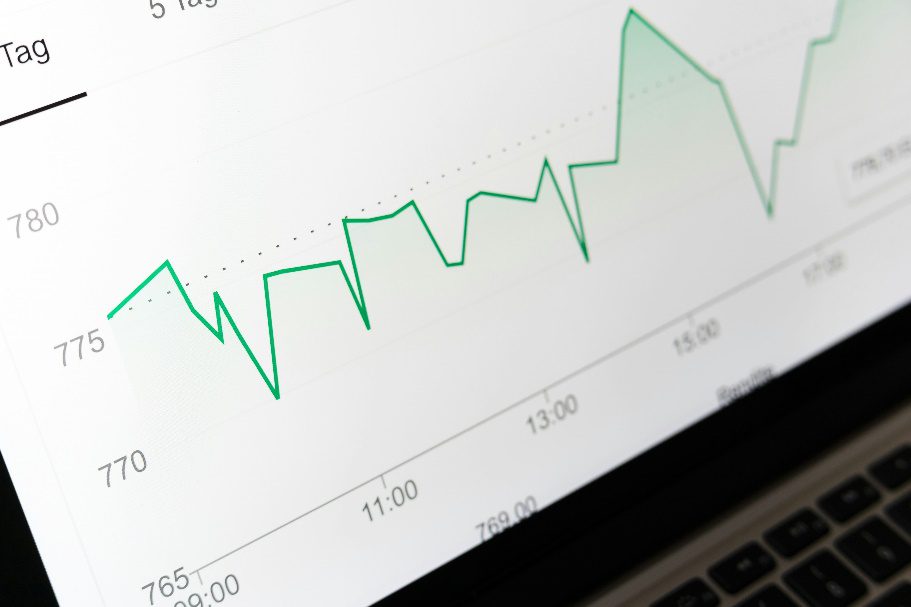Fix and flip investments can offer great returns if done right. One of the most important factors to consider when pursuing these projects is the potential return on investment (ROI).
Understanding how to calculate your ROI on a fix and flip project is crucial for ensuring profitability and managing risk. This blog will walk you through the steps to accurately estimate your potential ROI on a fix and flip and provide helpful tips to avoid common pitfalls along the way.
What Is ROI and Why Is It Important?
ROI, or Return on Investment, measures the profitability of an investment relative to its cost. In a fix and flip project, ROI helps you determine if your investment will yield sufficient profit once you factor in purchase costs, renovation expenses, holding costs, and the eventual selling price. ROI is essential for evaluating whether the project will be worth your time, effort, and financial resources.
Steps to Calculate Your Potential ROI on a Fix and Flip
1. Determine the Purchase Price of the Property
The first step in calculating your potential ROI is to know how much you’re paying for the property. This includes the actual price of the home, as well as any closing costs, inspection fees, and other expenses tied to the purchase. If you’re using a loan, such as a fix and flip loan, you should also account for interest payments and loan origination fees.
For example, if you’re investing in fix and flip loans in California, the closing costs and property values in high-demand areas like Los Angeles can significantly influence your budget.
2. Estimate Renovation Costs
Renovation costs can make or break a fix and flip project. These costs include materials, labor, permits, and contractor fees. It’s important to get multiple estimates from contractors before starting the renovation process. The quality and scope of your renovations will impact your final sale price, so keep in mind that more extensive upgrades can yield higher returns—but only if you’re budgeting appropriately.
For instance, a fix and flip project in Georgia may have different renovation costs compared to a project in Arizona due to varying local markets and contractor fees.
3. Include Holding Costs
While renovating, you will incur holding costs. These costs include property taxes, insurance, utilities, and loan interest if you’ve taken out a fix and flip loan. The length of time you hold the property will affect your overall expenses. It’s essential to calculate how long renovations will take and how much it will cost to hold the property during that time.
In states like Indiana and Florida, property taxes and insurance premiums can vary widely, so it’s important to research these costs ahead of time.
4. Calculate the After Repair Value (ARV)
The After Repair Value (ARV) is the estimated market value of your property after renovations are complete. This is one of the most critical numbers in your ROI calculation because it directly affects how much profit you will make when you sell the home.
To estimate your ARV, research comparable sales (or “comps”) in the same neighborhood. These comps should be homes of similar size, condition, and features that were recently sold.
For example, in fix and flip loans in Massachusetts, the ARV in urban centers like Boston can be significantly higher than in rural areas, impacting your profit margin.
5. Subtract Selling Costs
Once your renovations are complete and your home is ready to sell, you will need to account for selling costs. These typically include real estate agent commissions (usually around 5-6% of the sale price), marketing costs, closing costs, and any staging or minor fixes you may need to make before the sale. Selling costs can add up quickly and should not be overlooked in your ROI calculation.
6. Calculate Your Potential Profit
To calculate your potential profit, use the following formula:
Profit = ARV – (Purchase Price + Renovation Costs + Holding Costs + Selling Costs)
This figure will give you a clear sense of how much money you will make from the fix and flip project. A positive number indicates a profit, while a negative number indicates a loss.
7. Calculate ROI
Now that you have your estimated profit, you can calculate your ROI. The formula for ROI is:
ROI = (Profit / Total Investment) x 100
For example, if you have a total investment of $200,000 in a property and your profit is $40,000, your ROI would be:
ROI = ($40,000 / $200,000) x 100 = 20%
A 20% ROI indicates a solid return, though many investors aim for even higher margins.
Tips for Maximizing Your ROI on a Fix and Flip
- Choose the Right Property: The location of your property will impact both your costs and your final sale price. Properties in up-and-coming neighborhoods may offer better ROI potential than those in established or declining areas.
- Stay Within Budget: Avoid the temptation to over-renovate. Stick to improvements that add value and appeal to potential buyers without breaking your budget.
- Time Your Sale Carefully: The real estate market fluctuates, so it’s important to consider timing when selling your property. A seller’s market may allow you to sell for a higher price, maximizing your ROI.
- Secure the Right Financing: The terms of your loan can significantly impact your ROI. Ensure that you get favorable terms by working with experienced lenders who specialize in fix and flip loans.
Maximizing your ROI on a fix and flip project begins with the right financing. Whether you’re in California, Florida, Colorado, or beyond, Insula Capital Group provides tailored fix and flip loans that meet your needs.
Our expertise spans states like Alabama, North Carolina, Maryland, and many more. Don’t let financing hold you back from achieving your investment goals. Reach out to Insula Capital Group today to explore fix and flip loans in Georgia, Arizona, Connecticut, or wherever you are.
Let us help you make your next fix and flip project a success!
Contact Insula Capital Group now to get started and turn your investment dream into a profitable reality!




